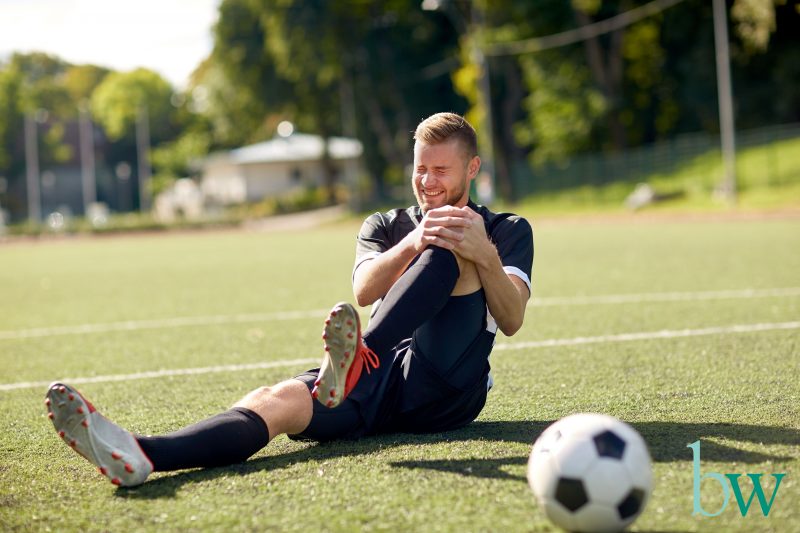
ACL Tears and Problems
ACL issues are common in many athletes, professional or keen amateur – sudden twisting, over extension, falls, a bad landing or sudden stops . . . these can all cause ligament injuries.
But only 1 in 3 patients return to their sport! A shocking and often unnecessary statistic.
What is the ACL?
The ACL is the anterior cruciate ligament and connects the thigh bone to the shin bone in the knee. It is one of 4 key sets of ligaments in the knee, the fibrous connective tissue that joins bones together in a joint.
The others are:
- The posterior cruciate ligament (PCL) is the second set of ligaments connecting the thigh bone to the shin bone.
- The lateral collateral ligament (LCL) connects the thigh bone to the fibula, the smaller bone on the outside of the lower leg.
- The medial collateral ligament (MCL) also connects the thigh bone to the shin bone on the inside of the knee.
Should I have surgery?
The honest answer is – it doesn’t matter.
The most recent research on recovery rates shows no difference between those patients who opted for surgery and those who chose to just do physiotherapy and rehabilitation.
I double checked these results as I had always been taught that for severe tears the best route was surgery (combined with physio obviously!). Nope, regardless of severity of ligament injury there was no difference.
So what does make a difference?
Speed: Get treatment as quickly as possible.
Ligaments are typically slow to heal. They need lots of support while they are doing it as they don’t have a great blood supply so this means it takes time for the “good stuff” to get in. I’ve found that combining MRT with Dr D K Shelbourne’s Accelerated Rehabilitation programme can reduce recovery time to weeks as opposed to the usual months.
Support: Correct support puts the least strain on the ligaments while they are healing.
Training: ligaments give masses of proprioceptive feedback – telling your brain where your knee is in space, how bent / straight it is, how to move and respond to other information.
If the ligament gets stretched / damaged this information gets “fuzzy”, so your brain is less sure of where your knee is and is much slower to react to that information. This lack of brain/knee connection can lead to further injury or affect your return to sport.
You have to retrain and support the proprioception process. Trust me, it’s not as space age as it sounds, there are great exercise protocols that do this, but you must be educated and supported.
Warm Up / Cool Down: the least glamourous and most ignored part of any exercise! But numerous studies have shown that a proper warm up reduces injury. And no, some light stretching is NOT a warm up. You have to actually get WARM, get the blood pumping. Otherwise it will have no benefit at all.
Managing your return: An overly early return to sport can cause further damage and bravado often causes more harm! Your therapist must communicate with your sports coach to make sure your program is correctly managed and prevent recurrence.
Got more questions? Book a free 10 minute telephone consultation with our team to get the right answers for you.

Leave a Reply